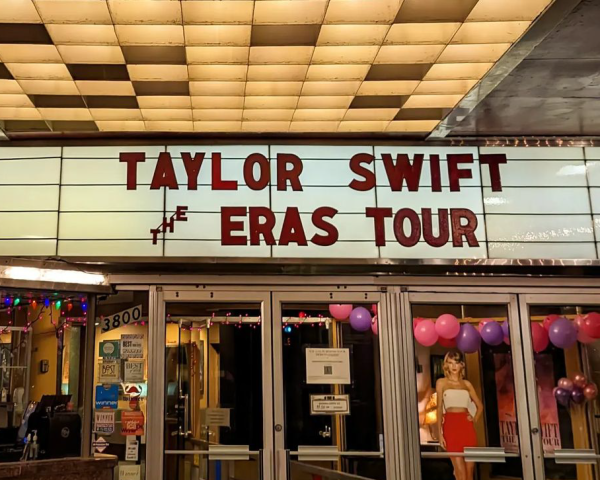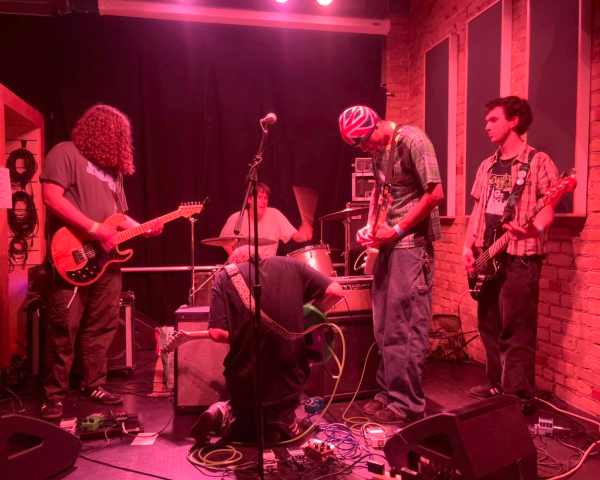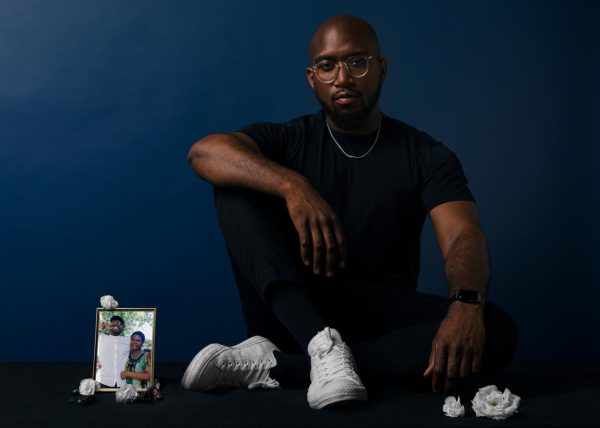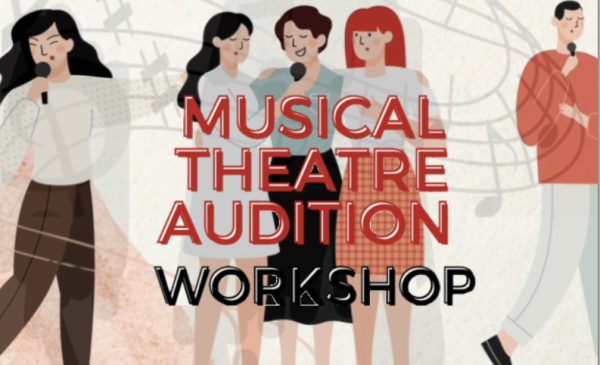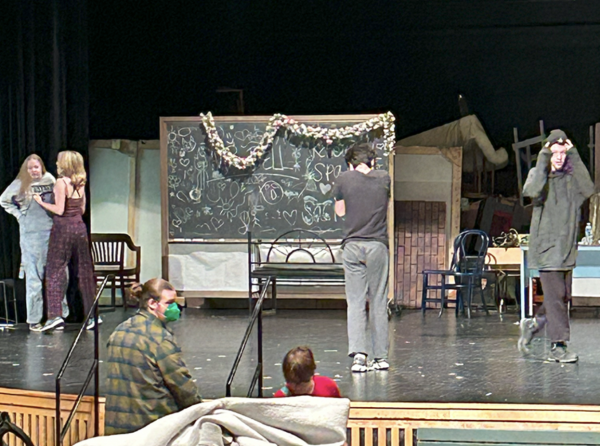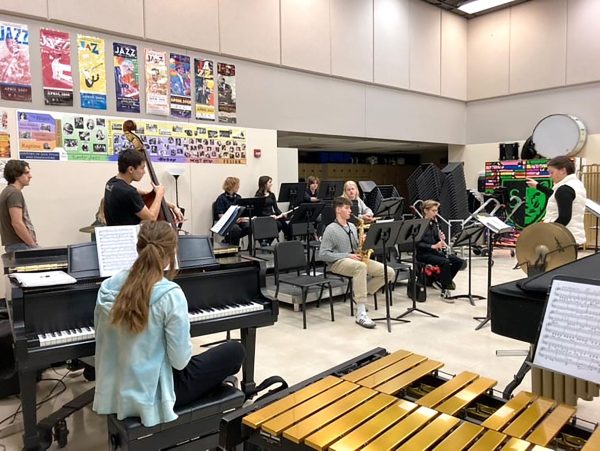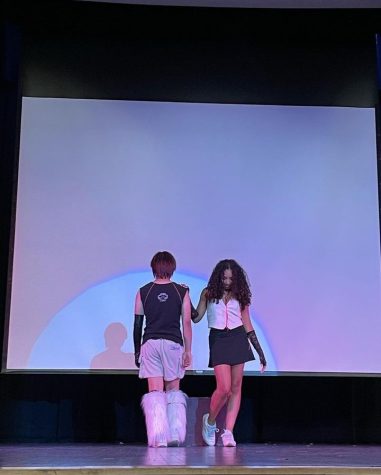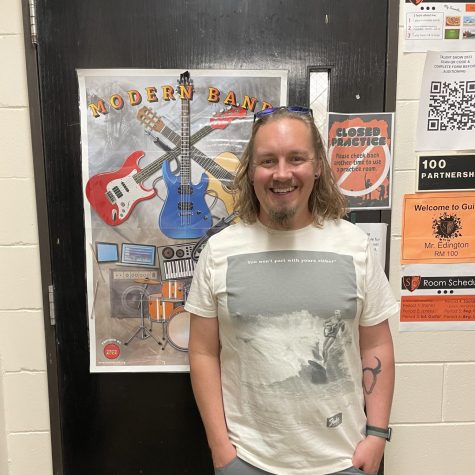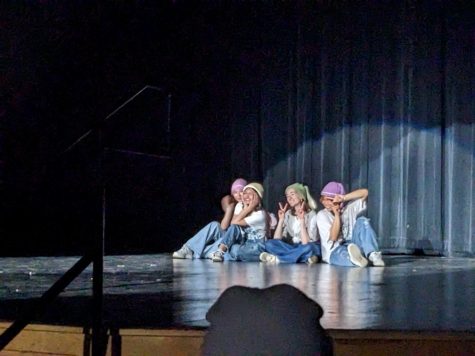Mathematics and the arts- do they seem like they go hand in hand to you?
April 11, 2016
Ever since I can remember, I have had a love for both math and art. From school plays, to singing and dancing, to even having my own finger paint art show at the Seward Cafe, I always loved finding new outlets for creativity. I also have always been amazed with math and science. Moving super fast in math since a young age, I ended up joining UMTYMP in 8th grade, a fast paced math at the U of M. Now, I’m a freshman, and my love for either subject hasn’t diminished at all.
Often, students have a very closed mindset about their abilities in either math or art. People will believe that they are unable to do one or the other but, they never actually give themselves a chance to prove themselves wrong, “it becomes a habit where they constantly rely on other people to help them solve the problems, or they’ve been told by teachers and by themselves ‘oh I can’t, I can’t, I can’t, I couldn’t possibly do it,’” Explained Mr. Gallinson, an All Nations math teacher. He articulated that when people doubt themselves and give up, “That’s when it becomes problematic.”
A thing we see often in our school, especially in the open program, is a mixing of school subjects, so that your knowledge in one topic can further your knowledge in another. This is called Interdisciplinary learning “When I was teaching [open geometry], I taught it from an interdisciplinary perspective of art and arts integration,” Explained Woldum, an open teacher. “ so basically I would teach students all the things they need to know about geometry, but we would look at it through a lens of how do we create, appreciate and analyze our [work].”
Interdisciplinary learning can be very helpful to students, it allows them to make connections and understandings. It also helps them prepare for the future. “Life is not subjects” explained Mr. Sirovy, a PLTW teacher. Once you graduate highschool, your life, work and decisions won’t be split up into individual subject matters. You have to mix your knowledge together.
You have probably heard of the term STEM, which stands for Science, Technology, Engineering and Math. What you might not know is that many STEM high schools and even some colleges have been changing their description to STEAM schools, adding ‘Art’ to the mix.
People are realizing that they go together so often, that you can’t completely avoid one while trying to do the other “And creativity all comes from the same pool, it’s just how you express it… saying that they’re exclusive of each other just doesn’t work” exclaimed Mr. Ruff
You can even see this sort of merging of the two in south. We have an engineering program called project lead the way, in which many students are enrolled in and thoroughly enjoy.
The first two classes in this program are Introduction to engineering and Principles of engineering. Both of these classes give you a half a year of fine arts credit, which means if you complete those two sections of the course you can get your full fine arts credit, while not being in what you would normally think of as an “art class”. This goes to show that there is absolutely an art to the science and math that goes into engineering.
One of the easiest ways you could think of math in an arts classroom is in painting and drawing. “Grid enlargement or using rulers to do things like linear perspective, you’re always using math in those terms, especially when you’re measuring things and make calculations,” explained Mr. Willicombe a painting, drawing and African American arts teacher. “Especially if you’re trying shrink or enlarge things or even the proportions of the face, or if you’re drawing things realistically.”
The ceramics room on the second floor is a wonderful example of a place where people could use STEM principles to make beautiful art forms. Gallinson almost went into ceramic engineering before he decided to become a teacher. “[ceramic engineering is] very very much mixing the chemicals to proportions to mix the glazes. Using clay and using the ceramics room is a vehicle for giving kids to understand mathematics… [using the space] would be nice intervention for a kid who says ‘I can’t I’m only artistic’ to realize that some of the things you do, are very mathematical”
In the Engineering rooms there’s tons of STEM work going on, but it all comes with loads of creativity. As Ruff often says, “It all comes down to the artwork.” Sirovy has the same ideas. “We did design elements and principles in intro to engineering design,” he explained. “We take a look at objects, and see how the elements are arranged as principles, and what kind of functions the form has on a product.”
Mr. Willicombe also explained that all sorts of computer design programs all use tons of math and technology. “so even if you’re the one designing, you’re still using-even if you don’t even realize it-math.”
“Mathematics is truly the language of everything, including art” said Ruff, and I absolutely agree with him. It’s easy to think you fall more easily in one in the other, but next time you’re struggling in a subject, think of how you can use your previous knowledge and skills, to really help you bring yourself up and understand what you’re learning about. Try something new out. You’ll be surprised at what you might enjoy.
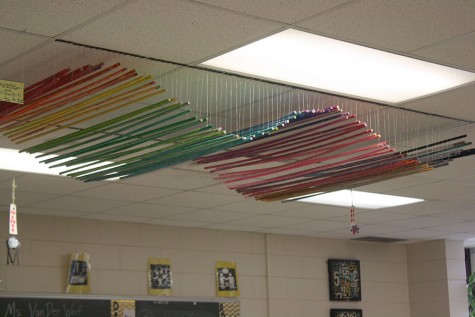
“One of them is made out of, I think, a hundred dowels that are three or four feet long, and we colored them all, and of course used a copious amount of glitter. And the math part of it was that students had to actually use an equation to figure out how long to cut their strings, and then when you’d put it all together it created a sine wave,” said Woldum about the colorful sculpture hanging from the center of the ceiling in her classroom.


